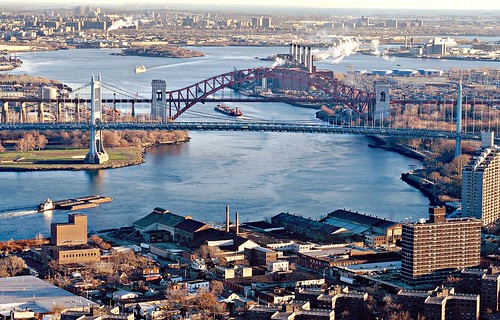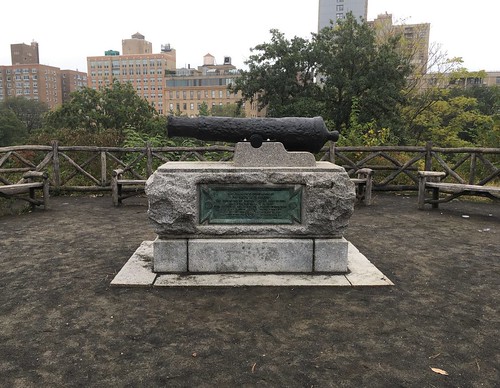
PREV ARTICLE
NEXT ARTICLE
FULL ISSUE
PREV FULL ISSUE
THE LEGEND OF NEW YORK'S HELL GATE TREASURELarry Edwards passed along this Atlas Obscura article about New York's legendary Hell Gate Treasure - the 1780 wreck of the HMS Hussar, rumored to be carrying the payroll of British troops in gold coins. Thanks! -Editor Just off the coast of Astoria, Queens, at the confluence of the Harlem and East Rivers, is a narrow tidal channel. Hell Gate. Its fast currents change multiple times a day and it used to be riddled with rocks just beneath the surface. Hell Gate is the final resting place of literally hundreds of ships. Most of them are forgotten but one continues to captivate. Because down there, under the minor maelstroms, is the promise of gold.
Out of all those wrecks, one in particular has obsessed people for over 240 years—HMS Hussar. The whole gamut of underwater exploration technology has been employed in the search for its purported treasure, from 18th-century diving bells to modern sonar scanners. The cast of characters who have invested significant time and money into salvaging the ship is equally wide-ranging. Thomas Jefferson had a go, as did the inventor of the modern submarine. Alongside crews of schemers and hustlers, serious underwater archaeologists have tried, too. Most recently the most prominent attempts to find the wreck were the brainchild of a Bronx man who calls himself Joey Treasures. The coveted ship was a frigate of the Royal Navy that arrived in British-occupied New York during the Revolutionary War, in November 1780, reportedly carrying the payroll of British troops in gold coins. Shortly after arriving in the city, Hussar set sail for Gardiner's Bay on the eastern end of Long Island (though some accounts say it was headed to Newport, Rhode Island). While traversing Hell Gate it hit a submerged formation known as Pot Rock and began taking on water. The ship drifted down the East River until it sank to a depth of 60 to 80 feet, somewhere off the coast of the Bronx. This much is known. The rest, much like the waters of Hell Gate, is murky. Accounts differ on how many, if any, of the crew were lost, but most agree that around 60 American prisoners of war who were shackled below deck went down with the ship. Crucially, whether Hussar still had gold on board when it sank has also been the subject of much debate over the past two centuries. Modern historians tend to think not. Contemporaneous news articles about the accident made no mention of treasure, nor do the minutes from the Royal Navy court martial into the loss of the frigate.
By the 1810s, the notion that a fortune in gold was lying near the bottom of Hell Gate had become an almost-uncontested truth in the New York press, and would remain so well into the 20th century.
Press speculation on the value of the gold varied wildly. The
In 1811, a salvage company partially funded by Thomas Jefferson managed to bring up iron nails and copper, which amounted to a McGowan's Pass, now in Central Park, was a British position during the Revolutionary War. Today, a cannon from HMS Hussar marks the site. In 2013, the Central Park Conservancy discovered that it was still loaded, and called on the NYPD bomb squad to defuse it.
To read the complete article, see:
Wayne Homren, Editor The Numismatic Bibliomania Society is a non-profit organization promoting numismatic literature. See our web site at coinbooks.org. To submit items for publication in The E-Sylum, write to the Editor at this address: whomren@gmail.com To subscribe go to: https://my.binhost.com/lists/listinfo/esylum All Rights Reserved. NBS Home Page Contact the NBS webmaster 
|


